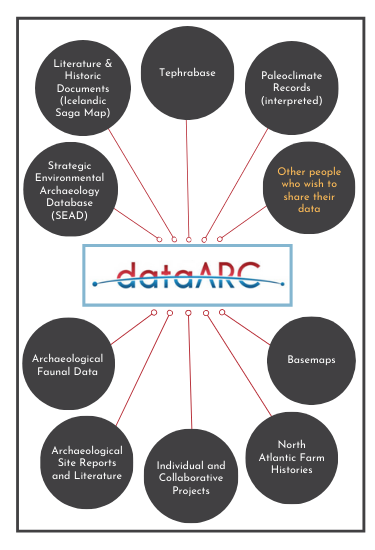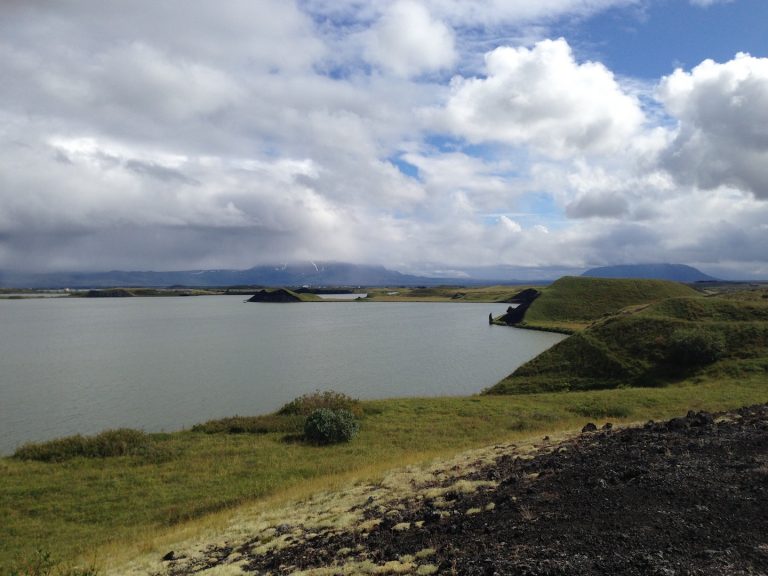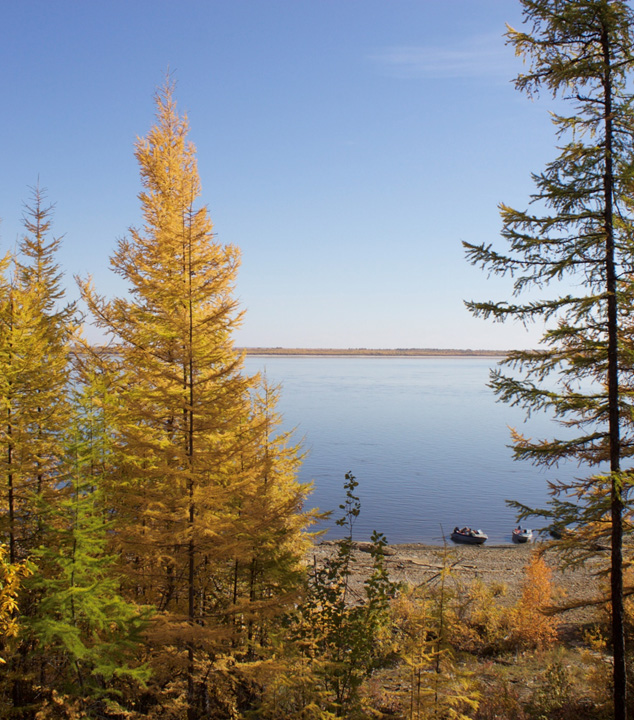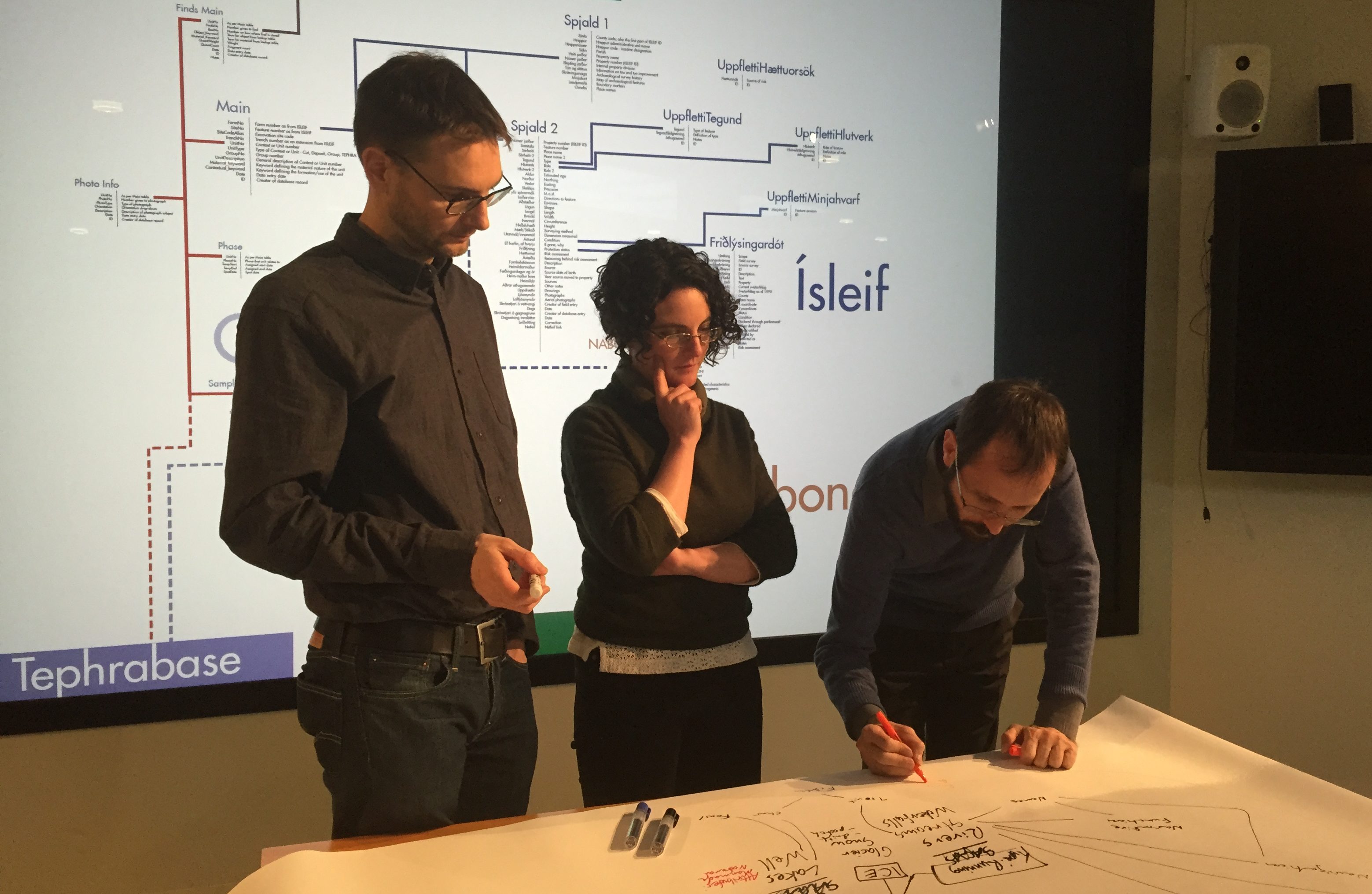About the Project
Over the course of five years, the dataARC team successfully produced an infrastructure to support transdisciplinary research on human-environment interactions in the North Atlantic. In this infrastructure, individual datasets are much more discoverable and interoperable with other research. Most importantly, bringing together data from archaeology, historic documents, climate science, and the humanities, is likely to provoke critical reflection on current events, and can be a resource for resident communities who are being forced to adapt. Working towards a more holistic understanding of the long-term and present-day dynamics of this region requires linking not only datasets but the broader domain knowledge and conceptual models developed by multiple disciplines. Investing in shared online cyberinfrastructure provides an opportunity to build and reinforce these links and to further new research directions.


The dataARC cyberinfrastructure project was made possible by the collaborative research efforts of the North Atlantic Biocultural Organization (NABO) and collaborators at research institutions across the US, UK, and Europe, and funded by two successful NSF awards (cyberNABO 1.0 and cyberNABO 2.0 - SMA 1519660 and 1637076). The project began with cyberNABO 1.0 (the exploratory phase) which involved assessing the NABO data landscape, evaluating the CI needs of the NABO research community, creating concept maps to semantically link diverse datasets, and developing a data discovery and visualization prototype. The current phase, cyberNABO 2.0, has successfully linked 15 critical datasets through standardized data management and handling practices and semantically-enabled mapping of the research concepts identified in phase 1. For more on how these datasets have been linked together please visit the Synthesis pages of the website.
The datasets in dataARC are diverse including subjects from the humanities to the environmental sciences, spanning thousands of years and vast geography including Iceland, Greenland, the United Kingdom, and Scandinavia. In the dataARC Search Tool, users can explore all the integrated datasets using temporal, spatial, keyword, and conceptual filter tools. Users also visualize data distribution temporally, spatially, and conceptually, which encourages people to explore new research directions and data from other disciplines.


Necessitating the perspectives and contributions of different domain specialists and the compilation of data from diverse sources, dataARC brings together researchers from archaeology, saga studies, tephrochronology, and paleoecology with technical specialists who are experts in database management, software development, and analytical tool creation. This unique merger of backgrounds and expertise combined with a collective drive to share data and create open and distributable cyberinfrastructure is a core strength of the dataARC project. Read more about the international research team members participating in dataARC.
